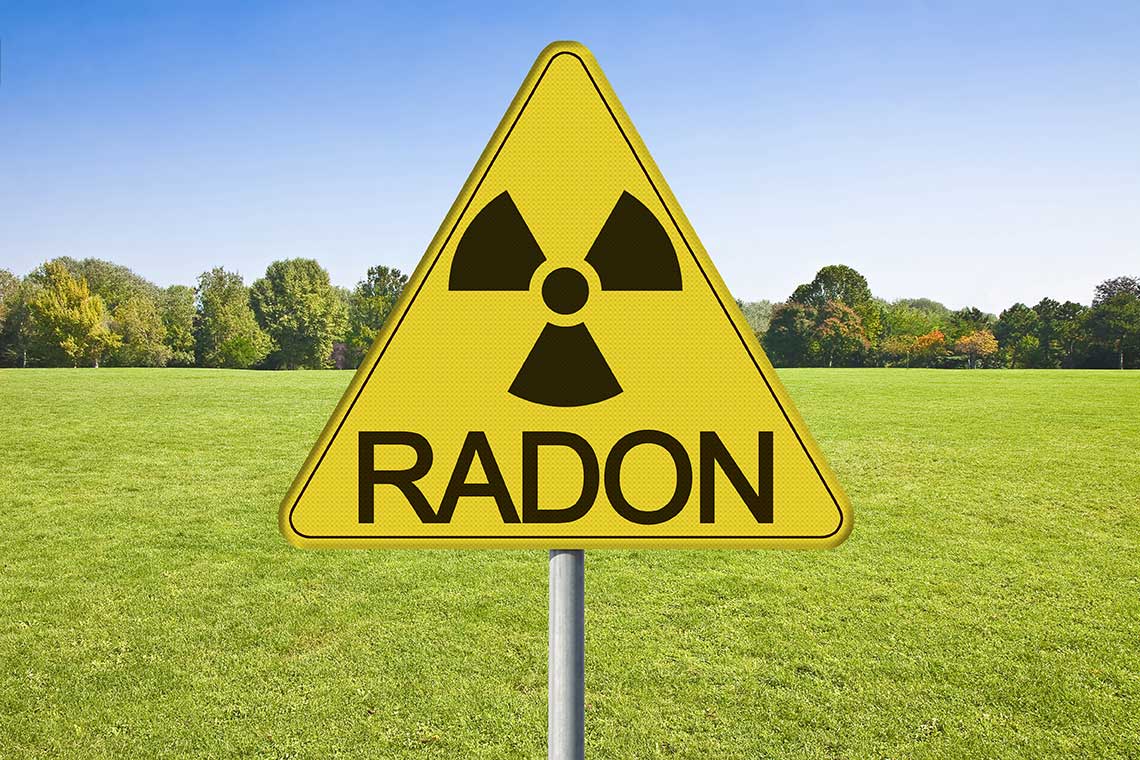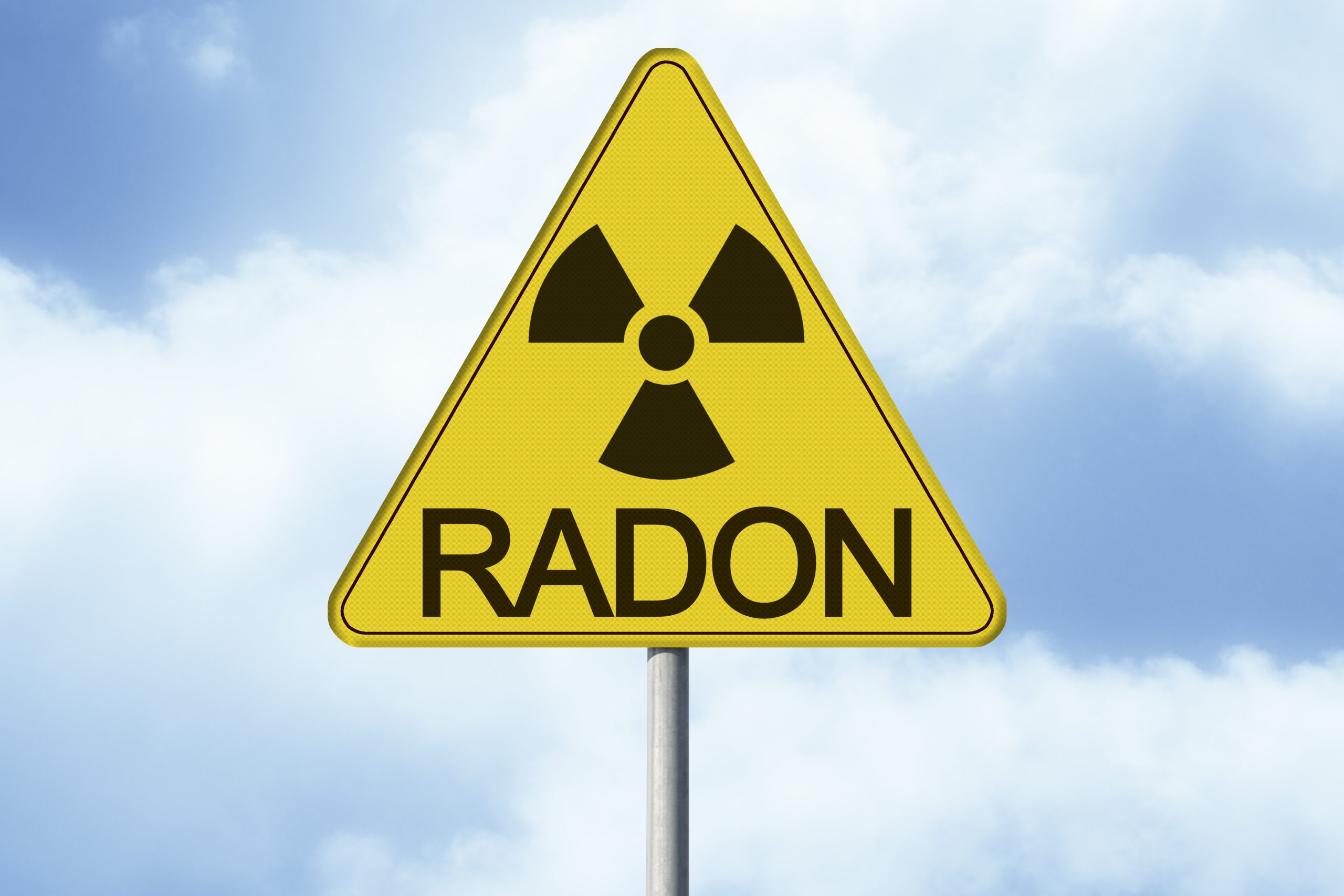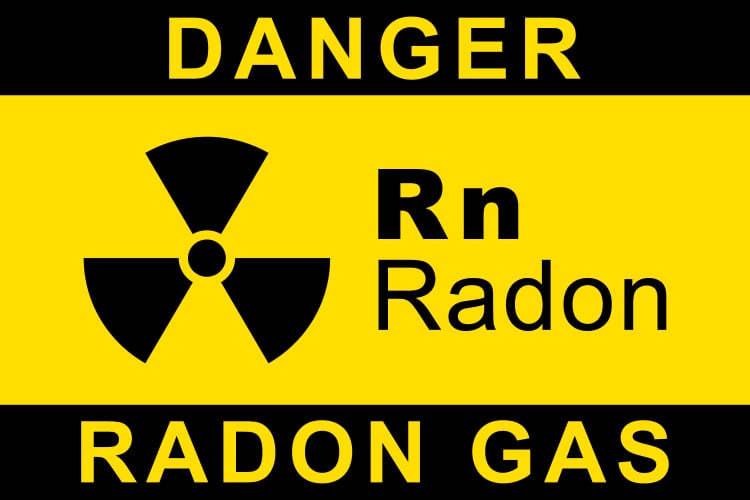Radon is a colorless, odorless, radioactive gas that occurs naturally from the breakdown of uranium in soil, rock, and water. It can enter your home through cracks in the foundation, floors, and walls, and it can build up to dangerous levels. According to the Environmental Protection Agency (EPA), radon is the second leading cause of lung cancer in the United States, responsible for about 21,000 deaths every year.
The good news is that radon can be detected with a simple test and fixed through well-established venting techniques. The EPA recommends testing for radon in all homes below the third floor, even if you don’t think your home has a radon problem. If your home has high levels of radon, the EPA recommends taking action to reduce radon levels to below 4 pCi/L of air.
Table of Contents
How Does Radon Enter Your Home?
Radon can enter your home through cracks in the foundation, floors, and walls, as well as through gaps around pipes, wires, and ducts. It can also enter your home through well water and building materials, such as concrete, brick, and granite.
Once inside your home, radon can build up to dangerous levels, especially in areas with poor ventilation, such as basements and crawl spaces.
How to Test for Radon
Testing for radon is simple, inexpensive, and easy. You can purchase a radon test kit at a hardware store or online, or you can hire a professional to test your home for radon.
The EPA recommends using a test kit that has been approved by the National Radon Safety Board or the American Association of Radon Scientists and Technologists.
There are two types of radon tests: short-term and long-term. Short-term tests measure radon levels for two to 90 days, while long-term tests measure radon levels for more than 90 days.
The EPA recommends using a long-term test to get the most accurate reading of your home’s radon levels.
How to Fix a Radon Problem
If your home has high levels of radon, the EPA recommends taking action to reduce radon levels to below 4 pCi/L of air.
The most common radon reduction method is sub-slab depressurization, which involves installing a pipe through the foundation floor to an outside wall or up through the roof line and attaching a small fan that draws radon from below the house to the outside before it can enter your home.
Increasing ventilation and sealing major entry routes can also help reduce radon levels, but their effectiveness will depend on the unique characteristics of each home.
Radon reduction systems can be installed by a qualified professional, and the cost of reducing radon in your home depends on how your home was built and the extent of the radon problem. However, most homes can be fixed for about the same cost as other common home repairs.
If you smoke, quitting is still the best way to reduce your risk of lung cancer. Radon is a serious health hazard, but it can be detected and fixed with simple and effective methods.
Radon and Real Estate
Radon is a common concern for home buyers and sellers. If you are buying or selling a home, the EPA recommends testing for radon before completing the transaction.
If a home has high levels of radon, the seller should fix the problem before selling the home. If a home has been fixed for radon, the seller should provide documentation of the radon reduction system to the buyer.
Radon and Health
Radon is a serious health hazard, especially if you smoke. According to the EPA, radon exposure is responsible for about 21,000 deaths from lung cancer every year in the United States.
If you have high levels of radon in your home, it is important to take action to reduce radon levels to below 4 pCi/L of air.
Radon and Children
Children are more sensitive to the effects of radon than adults, and they are more likely to develop lung cancer from radon exposure.
If you have children, it is important to test your home for radon and take action to reduce radon levels if necessary.
Radon and Pregnancy
Radon exposure during pregnancy has been linked to an increased risk of birth defects and low birth weight.
If you are pregnant, it is important to test your home for radon and take action to reduce radon levels if necessary.
Radon and the Elderly
Radon exposure is a serious health hazard for the elderly, who are more likely to develop lung cancer from radon exposure.
If you are elderly, it is important to test your home for radon and take action to reduce radon levels if necessary.
Need Help? Work with Milwaukee Radon Home
Milwaukee Radon Home specializes in comprehensive radon services, offering expert radon testing, radon mitigation, and radon mitigation system installation. Our dedicated team ensures accurate radon testing, followed by effective mitigation strategies tailored to your home’s unique needs.
With a commitment to excellence and safety, Milwaukee Radon Home is your trusted partner in creating a healthier living environment free from the dangers of radon.
Conclusion
Radon is a silent killer that can cause lung cancer and other health problems. It is important to test your home for radon and take action to reduce radon levels if necessary.
Radon reduction systems can be installed by a qualified professional, and the cost of reducing radon in your home depends on how your home was built and the extent of the radon problem. If you smoke, quitting is still the best way to reduce your risk of lung cancer.





